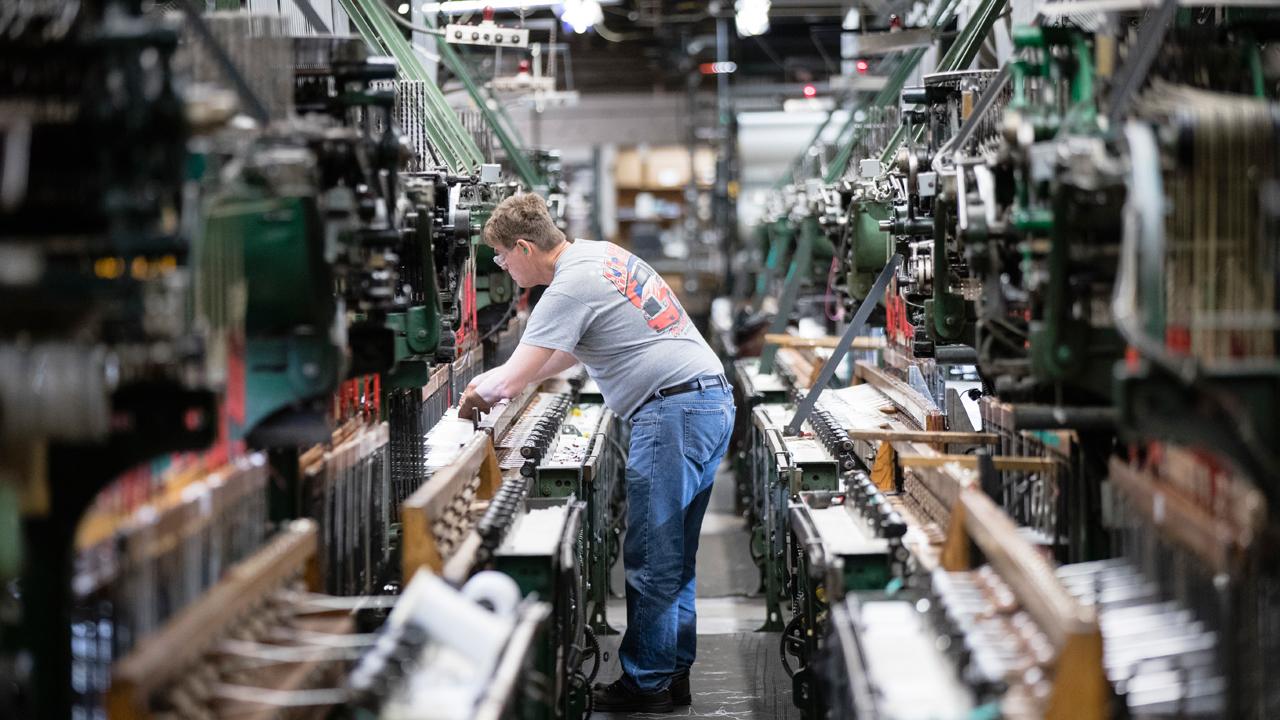US consumer prices increase as expected in May
WASHINGTON, June 12 (Reuters) - U.S. consumer prices rose marginally in May amid a slowdown in the pace of increases in the cost of gasoline, pointing to moderate inflation pressures.
The Labor Department said on Tuesday its Consumer Price Index increased 0.2 percent also as food prices were unchanged. That followed a similar gain in the CPI in April. In the 12 months through May, the CPI increased 2.8 percent, the biggest advance since February 2012, after rising 2.5 percent in April.
Excluding the volatile food and energy components, the CPI rose 0.2 percent, supported by a rebound in new motor vehicle prices and a pickup in the cost of healthcare, after edging up 0.1 percent in April. That lifted the year-on-year increase in the so-called core CPI to 2.2 percent, the largest rise since February 2017, from 2.1 percent in April.
Annual inflation measures are rising as last year's weak readings fall from the calculation. Economists had forecast both the CPI and core CPI rising 0.2 percent in May.
The inflation data was published ahead of the start of the Federal Reserve's two-day policy meeting on Tuesday. The U.S. central bank tracks a different inflation measure, which is just below its 2 percent target.
The Fed is expected to raise interest rates for a second time this year on Wednesday. Economists are divided on whether policymakers will signal one or two more rate hikes in their statement accompanying the rate decision.
The Fed's preferred inflation measure, the personal consumption expenditures price index excluding food and energy rose 1.8 percent on a year-on-year basis in April, matching March's increase.
Economists expect the core PCE price index will breach its 2 percent target this year. Fed officials have indicated they would not be too concerned with inflation overshooting the target.
Last month, gasoline prices increased 1.7 percent after surging 3.0 percent in April. Food prices were unchanged in May after rising 0.3 percent in the prior month. Food consumed at home fell 0.2 percent.
Owners' equivalent rent of primary residence, which is what a homeowner would pay to rent or receive from renting a home, rose 0.3 percent last month after increasing 0.3 percent in April. Tenants' rent increased 0.3 percent after shooting up 0.4 percent in April.
Healthcare costs gained 0.2 percent after nudging up 0.1 percent in April. Prices for new motor vehicles rose 0.3 percent after sliding 0.5 percent in April.
(Reporting by Lucia Mutikani Editing by Paul Simao)




















